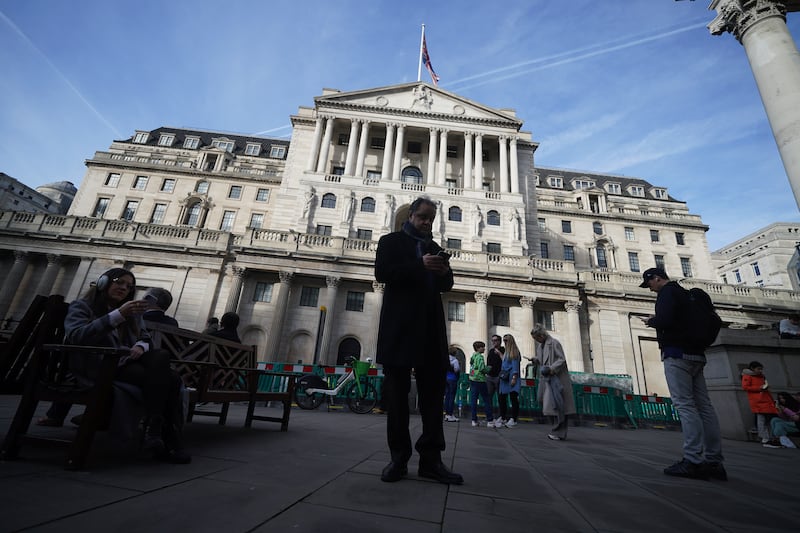The last time the Bank of England raised interest rates, Gordon Brown and Nicolas Sarkozy were freshly installed leaders, tech evangelist Chris Messina had just birthed the Twitter hash-tag, and the first iPhone had just been released (and we were months away from the worst global recession in living memory). However, for the capital markets of both the UK and the wider world, this historic moment was drowned out by a flood of noise, news and data from the US. Some bafflingly expensive carpets, Chair Yellen’s proposed replacement, the Republican tax bill, and the most important data points of the month were among the news items jostling for market attention. As usual, it was the least remarked upon– the monthly ISM manufacturing survey along with its regional brethren – that probably told us the most about the coming six months for investors. More of the same was the broad message from these reliable, but of course not infallible, bellwethers for the global economy. Incoming quarterly corporate earnings releases remained on message both sides of the pond, plotting the path laid out 6 months ago by those very surveys.
High growth, low inflation
More of the same was probably the best way to describe the proposed new chair of the Federal Reserve too. Jerome Powell has long been considered the most ‘Yellenlike’ replacement– change for change’s sake some might argue, but a degree of continuity and predictability are rightly treasured by investors. In any case, we believe too much is being made of individual 'reaction functions'. The Fed chairperson is likely to be guided primarily by the prevailing economic data and staff research, rather than perceived 'reaction functions' or ideology. Based on the data, a gradual return to a more normal monetary backdrop will remain the plan for now.
The major risk to that plan, a path which should help let the air out of the multidecade bull run in wider interest rates similarly gently, is inflation. As we’ve noted , humility is appropriate when talking of the prospects for inflation – the relationship between growth and prices remains poorly understood and prone to defying academics, central bankers and investors alike.
Many continue to point to the array of structural factors that have certainly helped to depress prices in the recent past, from technology to demographics. However, some of the intensity of these effects may be fading. Meanwhile, unemployment in the developed world is close to three-decade lows, surveys speak of continued above-trend capacity-eating growth in most areas of the world, and this week saw the besieged US administration inch a little closer to a significant fiscal easing.
The risks to our currently benign outlook for inflation are surely to the upside rather than the downside, a point gently reinforced by the steady wage gains in evidence in both today’s employment report and the earlier quarterly employment cost index. With inflation risk premiums largely absent from large chunks of the bond market, even negative in places, it looks ill-prepared for this admittedly still fringe outcome and would not suffer in isolation if it did come to pass.
For now, pipeline pressures and the measured ascent of employee compensation suggest that this more chaotic investing backdrop remains something to watch for, but not obsess over. We nonetheless welcome signs that central bankers around the world are keen to return to monetary normality where-ever incoming reality permits it.
Investment conclusion
Whichever way this goes, after several decades of fairly persistent nirvana, life is set to get tougher for fixed income investors – painstaking due diligence and agility are qualities we and the industry can offer to investors to make the best of what comes. However, providing the great unwind remains orderly and the growth outlook, buoyant, companies around the world should continue to generate the kind of earnings and dividend growth that easily offsets the related valuation contraction. While politicians, central bankers and the regimes they preside over come and go, mankind’s ingenuity and restlessness, best embodied in a bet on the world’s corporate sector, seems to stay the same. We continue to like both developed and emerging stocks tactically, and would focus on those sectors that tend to perform well in the backdrop described above – Financials, Industrials and Technology.
:: Jonathan Sloan (jonathan.sloan@barclays.com) is a private banker at Barclays Wealth & Investment Management







